We had a discussion today about an transfer operation resulting in status code 200, OK. There were two objects returned looking like this.
First one being fairly graspable (and following the expected contract).
{ name: "john", age: 34, city: "stockholm" }
Second one, following the contract but with unquestionably wrong data.
{ name: null, age: -3.141526, city: "http://some.com/address/poof" }
One party claimed that the status code 200 is incorrect because the values are wrong. The other side argued that the status code describes the operation as such and the format of the request/response, which went well because the transfer agrees with the contract.
It's fairly obvious that the REST endpoint gets an exception from the sources it fetches the data from. And so, the first party wanted the result to be either 404 not found or 500 internal error. The other side was open to it under the condition that the object structure is empty (nulls all the way) in the former case and that it doesn't attempt to follow the agreed format in the latter case.
Checking out the Kamasutra it's said that:
The request has succeeded. The information returned with the response is dependent on the method used in the request.
Now, technically speaking, we can't know for sure if the resource requested has a name, might be planned to be born in PI years and happens to reside in a city that changed its name to an URL. That is actually possible, although highly unlikely. However, I'd like to see an explicit statement of what isn't included in status code 200.
The question: is it valid to demand status code 400 or higher because the values are seemingly (or even obviously) wrong?




